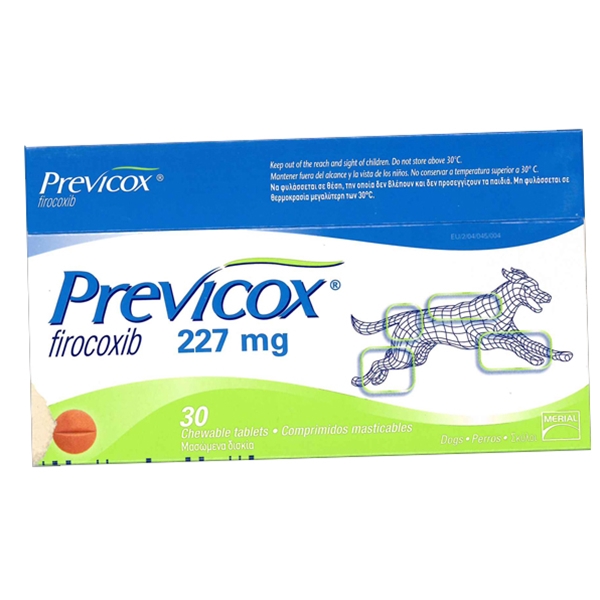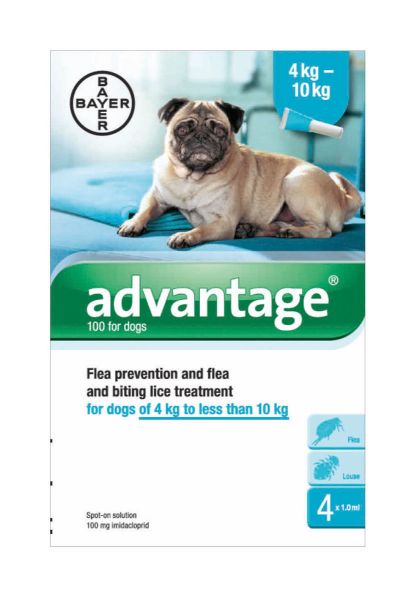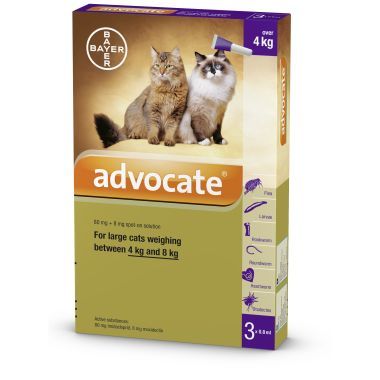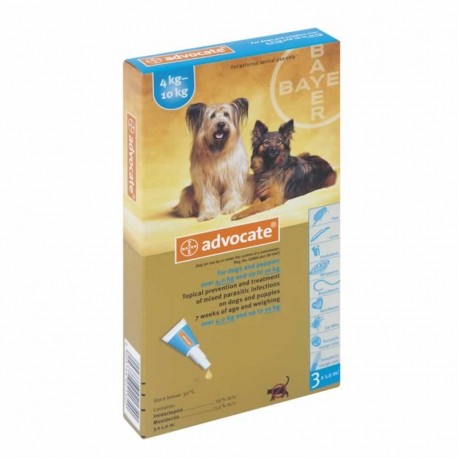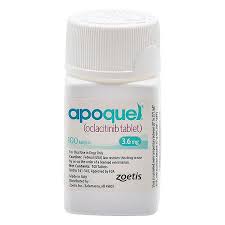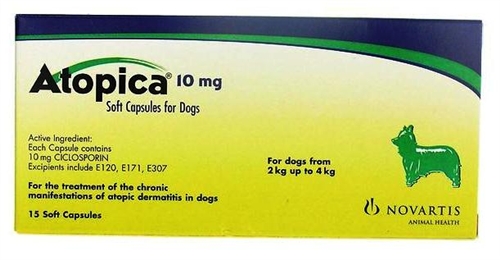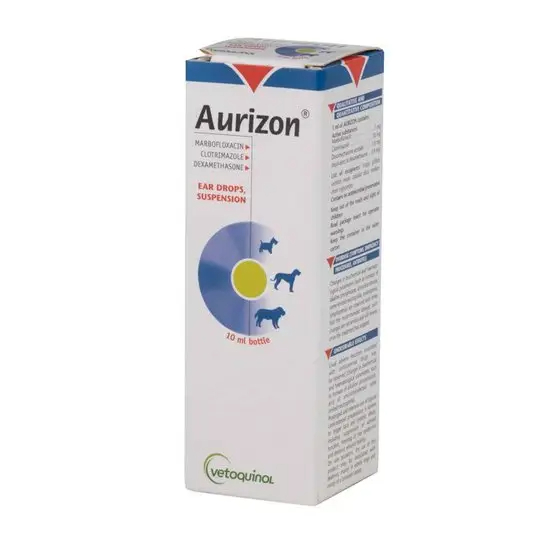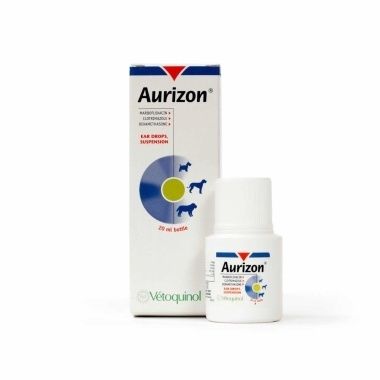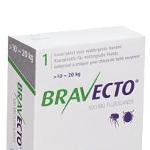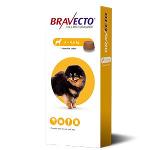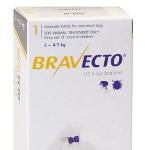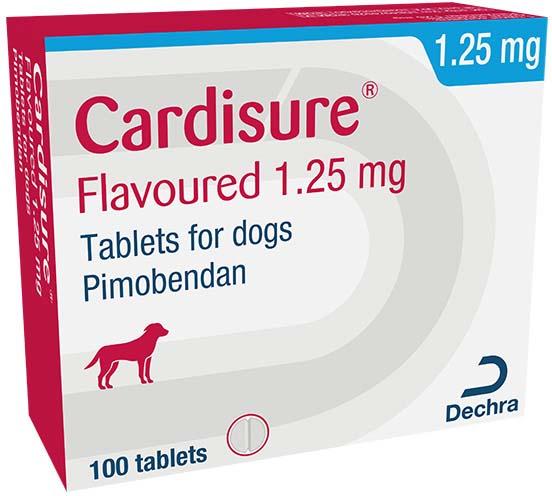Previcox 57 mg, 227 mg chewable tablets for dogs Species: Dogs Therapeutic indication: Pharmaceuticals: Neurological preparations: Analgesics, Pharmaceuticals: Anti-inflammatory preparations: Oral: Other NSAIDs, Pharmaceuticals: Locomotor (including navicular and osteoarthritis) Active ingredient: Firocoxib Product:Previcox 227 mg and 57 mg chewable tablets for dogs Product index: Previcox Chewable Tablets Qualitative and quantitative composition Each tablet contains: Active substance: Firocoxib 57 mg Firocoxib 227 mg Excipients: Iron oxide (E172) Caramel (E150d) For the full list of excipients, see below. Pharmaceutical form Chewable tablets. Tan-brown, round, convex, engraved scored tablets. Clinical particulars Target species Dogs. Indications for use For the relief of pain and inflammation associated with osteoarthritis in dogs. For the relief of post-operative pain and inflammation associated with soft-tissue, orthopaedic and dental surgery in dogs. Contra-indications Do not use in pregnant or lactating bitches. Do not use in animals less than 10 weeks of age or less than 3 kg body weight. Do not use in animals suffering from gastrointestinal bleeding, blood dyscrasia or haemorrhagic disorders. Do not use concomitantly with corticosteroids or other non-steroidal anti-inflammatory drugs (NSAIDs). Special warnings for each target species None. Special precautions for use in animals The recommended dose, as indicated in the dosing table, should not be exceeded. Use in very young animals, or animals with suspected or confirmed impairment of renal, cardiac or hepatic function may involve additional risk. If such use cannot be avoided, those dogs require careful veterinary monitoring. Avoid use in any dehydrated, hypovolaemic or hypotensive animals, as there is a potential risk of increased renal toxicity. Concurrent administration of potentially nephrotoxic drugs should be avoided. Use this product under strict veterinary monitoring where there is a risk of gastrointestinal bleeding, or if the animal previously displayed intolerance to NSAIDs. Renal and/or hepatic disorders have been reported in very rare cases in dogs administered the recommended treatment dose. It is possible that a proportion of such cases had sub-clinical renal or hepatic disease prior to the commencement of therapy. Therefore, appropriate laboratory testing to establish baseline renal or hepatic biochemistry parameters is recommended prior to and periodically during administration. The treatment should be discontinued if any of these signs are observed: repeated diarrhoea, vomiting, faecal occult blood, sudden weight loss, anorexia, lethargy, degradation of renal or hepatic biochemistry parameters. Special precautions to be taken by the person administering the product to animals Wash hands after use of the product. In case of accidental ingestion, seek medical advice immediately and show the package leaflet or the label to the physician. Return halved tablets to the blister and keep out of the reach of children. Adverse reactions Emesis and diarrhea have occasionally been reported. These reactions are generally of a transitory nature and are reversible when the treatment is stopped. Renal and/or hepatic disorders have been reported in very rare cases in dogs administered the recommended treatment dose. Rarely, nervous system disorders have been reported in treated dogs. If adverse reactions like vomiting, repeated diarrhoea, faecal occult blood, sudden weight loss, anorexia, lethargy, degradation of renal or hepatic biochemistry parameters occur, use of the product should be stopped and the advice of a veterinarian should be sought. As with other NSAIDs, serious adverse effects can occur and, in very rare cases, may be fatal. *The frequency of possible adverse effects is defined using the following convention: Rare (affects 1 to 10 animals in 10,000) Very rare (affects less than 1 animal in 10,000). Use during pregnancy, lactation or lay Do not use in pregnant or lactating bitches. Laboratory studies in rabbits have shown evidence of maternotoxic and foetotoxic effects at dose rates approximating the recommended treatment dose for the dog. Interactions Pre-treatment with other anti-inflammatory substances may result in additional or increased adverse effects and accordingly a treatment-free period with such drugs should be observed for at least 24 hours before the commencement of treatment with Previcox. The treatment-free period, however, should take into account the pharmacokinetic properties of the products used previously. Previcox must not be administered in conjunction with other NSAIDs or glucocorticosteroids. Gastrointestinal tract ulceration may be exacerbated by corticosteroids in animals given non-steroidal anti-inflammatory drugs. Concomitant treatment with molecules displaying action on renal flow, e.g. diuretics or Angiotensin Converting Enzyme (ACE) inhibitors, should be subject to clinical monitoring. Concurrent administration of potentially nephrotoxic drugs should be avoided as there might be an increased risk of renal toxicity. As anaesthetic drugs may affect renal perfusion, the use of parenteral fluid therapy during surgery should be considered to decrease potential renal complications when using NSAIDs peri-operatively. Concurrent use of other active substances that have a high degree of protein binding may compete with firocoxib for binding and thus lead to toxic effects. Amounts to be administered and administration route Oral use. Osteoarthritis: Administer 5 mg per kg bodyweight once daily as presented in the table below. Tablets can be administered with or without food. Duration of treatment will be dependent on the response observed. As field studies were limited to 90 days, longer-term treatment should be considered carefully and regular monitoring undertaken by the veterinarian. Relief of post-operative pain: Administer 5 mg per kg bodyweight once daily as presented in the table below for up to 3 days as needed, starting approximately 2 hours prior to surgery. Following orthopaedic surgery and depending on the response observed, treatment using the same daily dosing schedule may be continued after the first 3 days, upon judgement of the attending veterinarian. Weight (kg) Number of chewable tablets by size mg/kg range 57 mg 227 mg 3 - 5.5 0.5 5.2 - 9.5 5.6 - 10 1 5.7 - 10.2 10.1 - 15 1.5 5.7 - 8.5 15.1 - 22 0.5 5.2 - 7.5 22.1 - 45 1 5.0 - 10.3 45.1 - 68 1.5 5.0 - 7.5 68.1 - 90 2 5.0 - 6.7 Overdose In dogs ten weeks of age at the start of treatment at dose rates equal to or greater than 25 mg/kg/day (5 times the recommended dose) for three months, the following signs of toxicity were observed: bodyweight loss, poor appetite, changes in the liver (accumulation of lipid), brain (vacuolisation), duodenum (ulcers) and death. At dose rates equal to or greater than 15 mg/kg/day (3 times the recommended dose) for six months, similar clinical signs were observed, albeit that the severity and frequency were less and duodenal ulcers were absent. In those target animal safety studies, clinical signs of toxicity were reversible in some dogs following cessation of therapy. In dogs seven months of age at the start of treatment at dose rates greater than or equal to 25 mg/kg/day (5 times the recommended dose) for six months, gastrointestinal adverse effects, i.e. vomiting were observed. Overdose studies were not conducted in animals over 14 months of age. If clinical signs of overdosing are observed, discontinue treatment. Pharmaceutical particulars Excipients Lactose monohydrate, Microcrystalline cellulose, Chartor hickory smoke flavour, Hydroxypropyl cellulose, Croscarmellose sodium, Magnesium stearate, Caramel (E150d), Silica (colloidal anhydrous), Iron oxides (E172) Major incompatibilities Not applicable. Shelf life Shelf life of the product as packaged for sale: 4 years. Half tablets should be returned to the original container and may be stored for up to 7 days.

